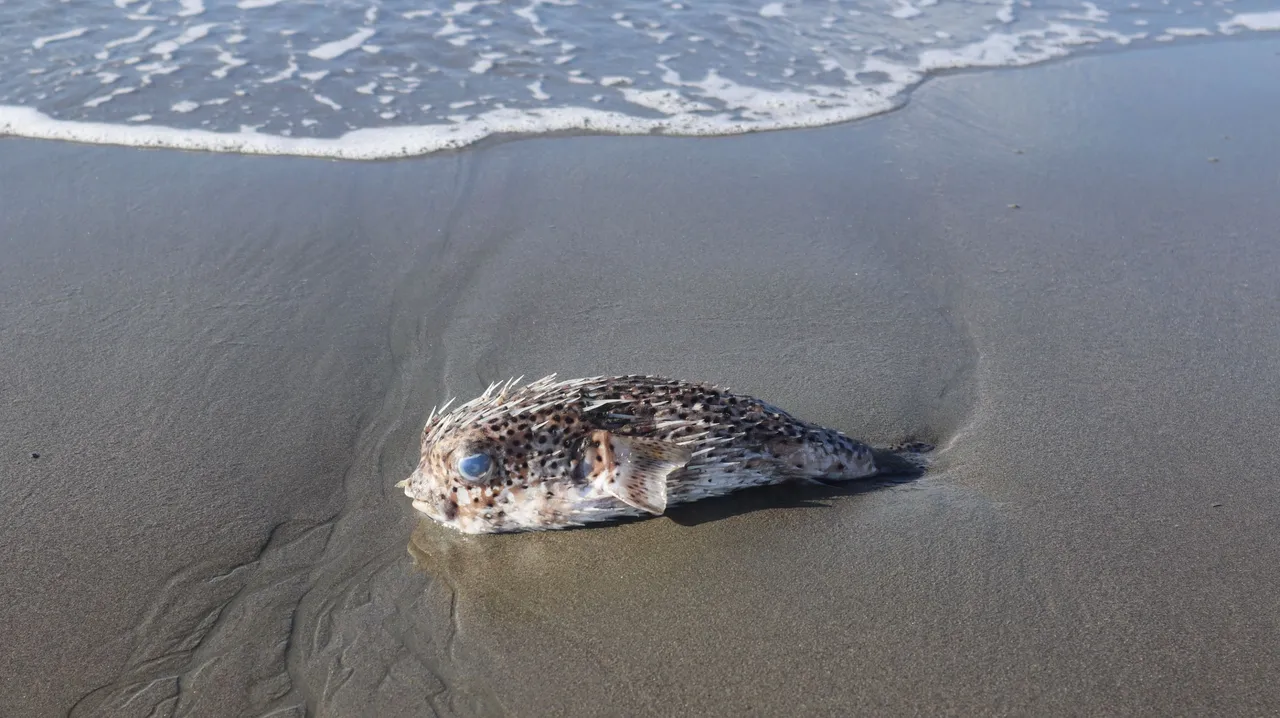
It's a bit scary to see some dead fish washed up on the beach! Is it because of the pollution in the coastal environment, or the mass death of the fish? I think, that's not the case at all! I speculate, it's because the fish are caught in the nets of the fishermen who are catching the fish from the land, from the beach, and the fishermen then throw the fish on the beach. I think that's an unwise thing. But why did the fishermen throw the fish away?
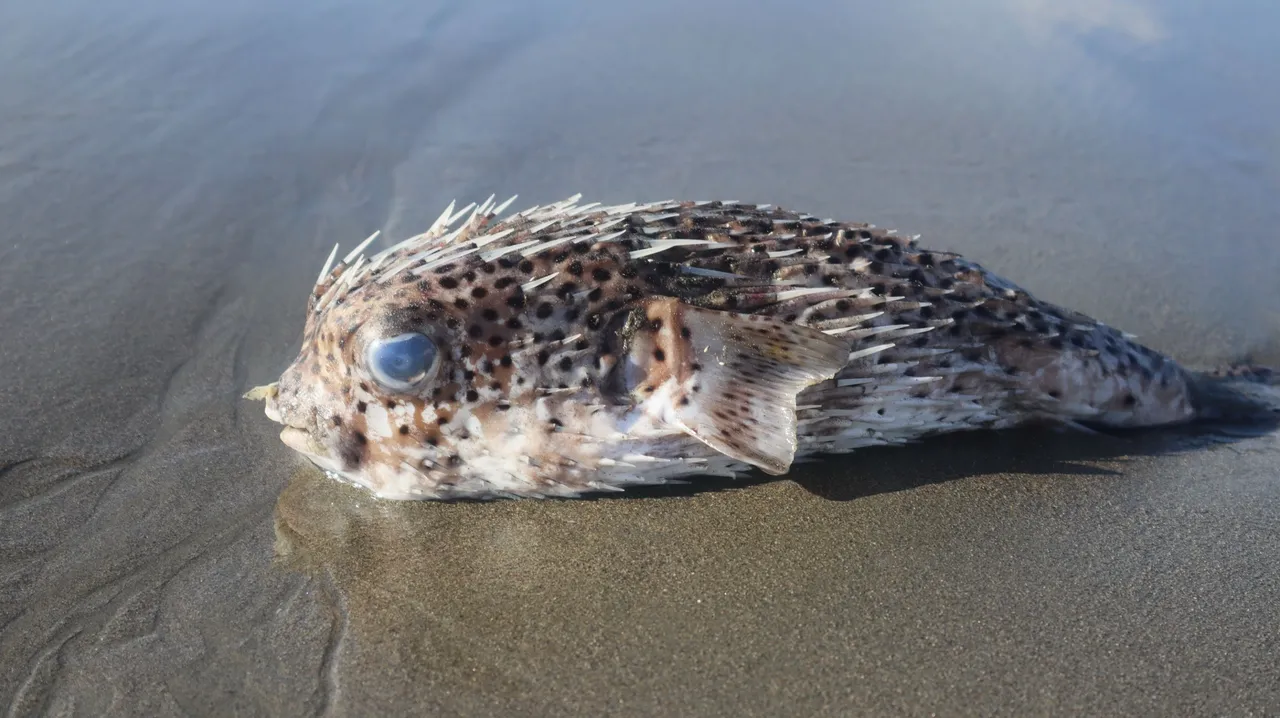
That turns out to be because they are porcupinefish. There are terrible parts that these types of fish have, apart from the spines that look scary, they are also known as poisonous fish, and are not consumed in my place. The fish, here, are called the "Ikan Landak" (Indonesian) which means porcupinefish. But well, before we go on, the spotted and colored fish that I met dead on this beach can already be the first identification that these fish are spot-fin porcupinefish or the scientific name: Diodon hystrix. I copied and pasted the scientific classification from Wikipedia as follows:
Kingdom: Animalia; Phylum: Chordata; Class: Actinopterygii; Order: Tetraodontiformes; Family: Diodontidae; Genus: Diodon; Species: Diodon hystrix (Linnaeus, 1758).
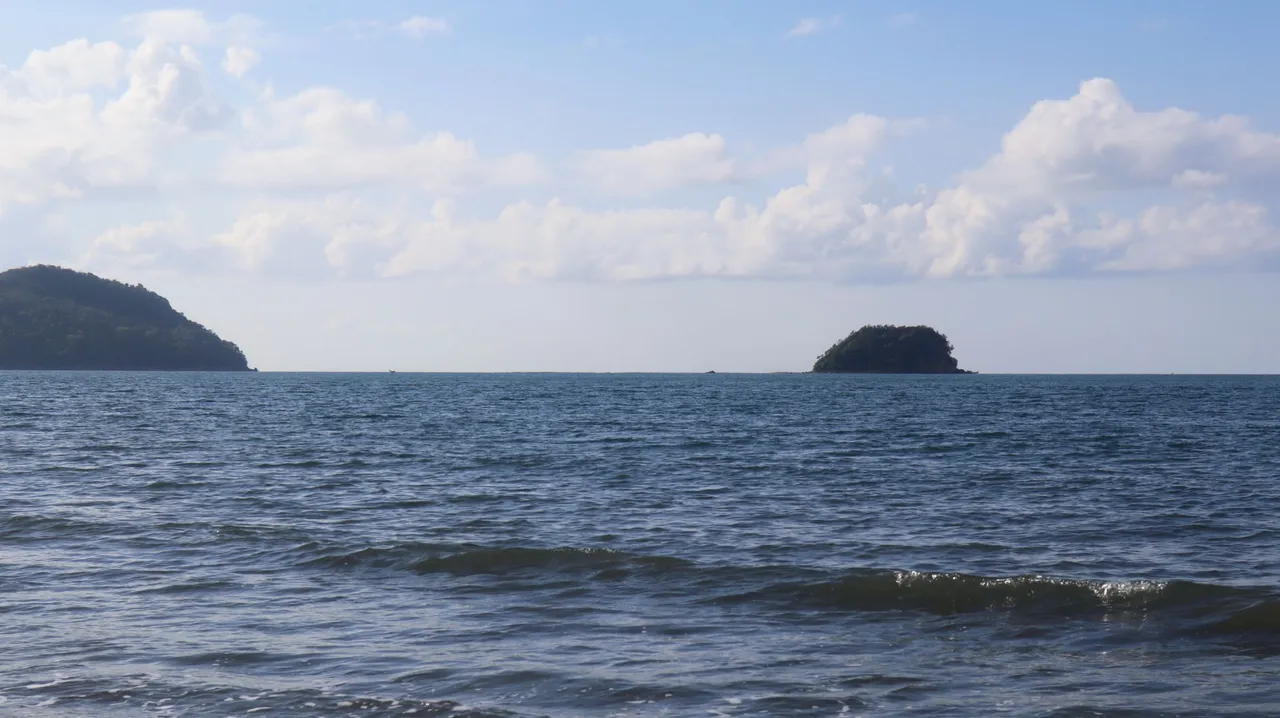
This is a view from the northwest coast of Sumatra, or Aceh Province in Sumatra, Indonesia.
Cute appearance
The dead fish I saw varied in size, but the longest one was maybe 30 cm. It is said, that they can be up to 90 cm. From their position lying on the sand, you can already tell, that they do not have pelvic fins. The pectoral fins look quite large, but they are slow swimmers. If I said earlier that they have scary things, that doesn't mean they are scary from all sides. Up close, we can think differently. They seem to have a cute appearance. Look at their round heads, big, very round eyes which makes them look even cuter, and oh I love that big beak-shaped mouth that's left open to reveal those teeth. Their skin was sand-yellow marble dotted with black spots, not bad at all. (Source: Spot-fin porcupinefish)
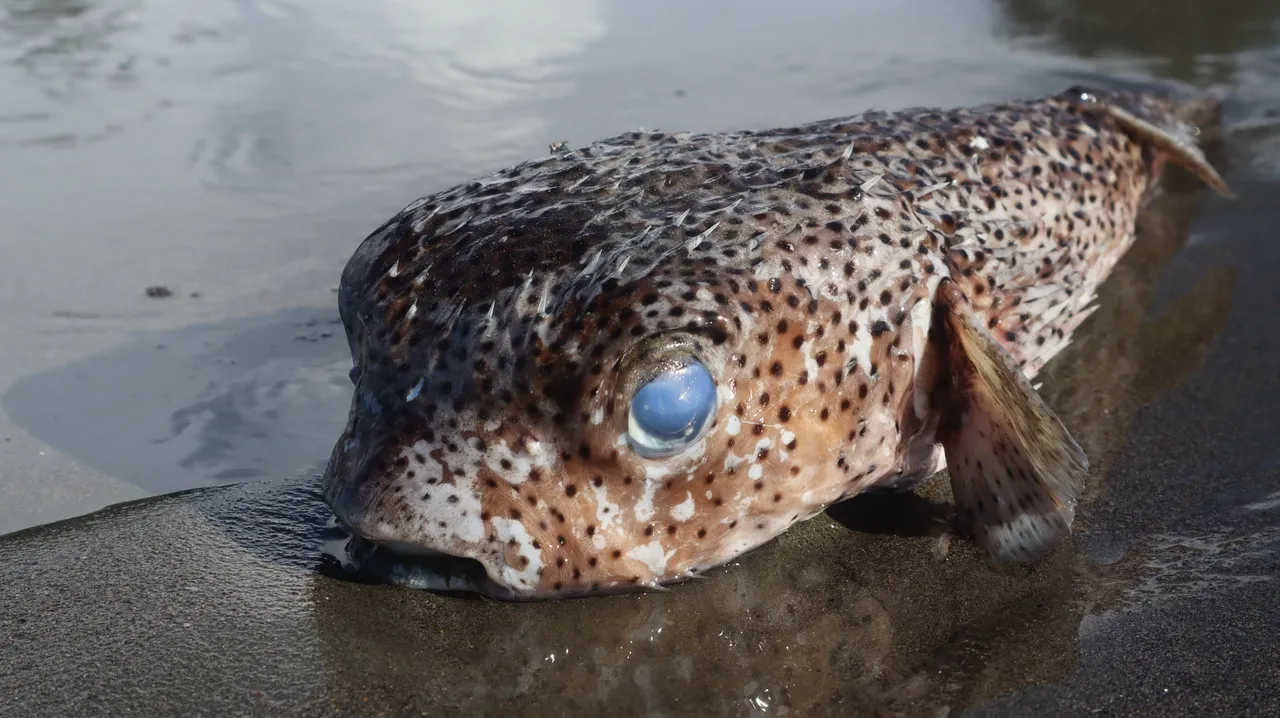
Teeth and feed
The family name for this species is Diodontidae which means "two teeth". It refers to a single tooth plate, one in the upper jaw and one in the lower jaw. The jaw itself, as you can see here, is shaped like a beak. These are among the things that make Diodon hystrix such an attractive and cute appearance. With teeth and jaws like that spot-fin porcupinefish do not eat other fish. It is a nocturnal predator that likes crustaceans (such as crabs and shrimp), and hard-shelled mollusks. Two such teeth and jaws are effective at crushing the shells of its prey, which it then swallows whole. Hermit crabs are also included in their diet. At night, it also blows water onto the sand to expose tiny organisms which they quickly ingest. Imagining how they broke the hard shells with those teeth, it seemed like an exciting thing. (Sources: Sea Wonder: Spotted Porcupinefish; Spotted Porcupinefish; Diving In Singapore: Long-spine Porcupinefish)
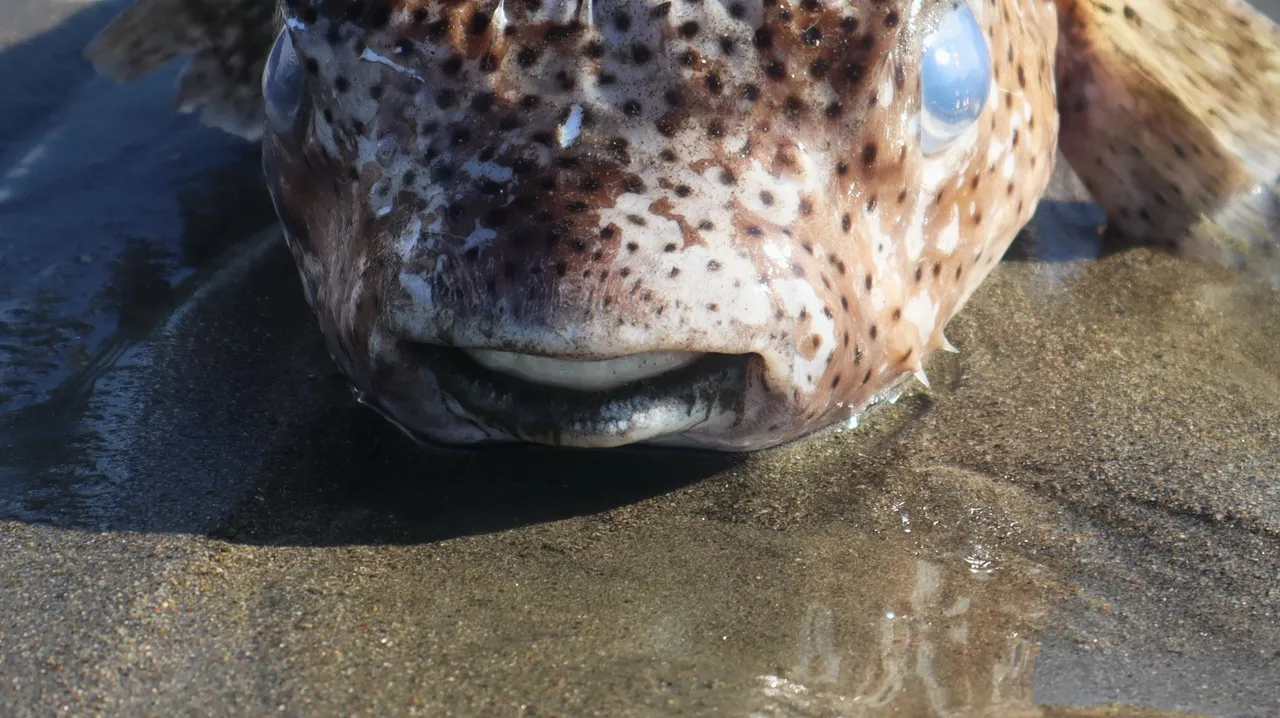
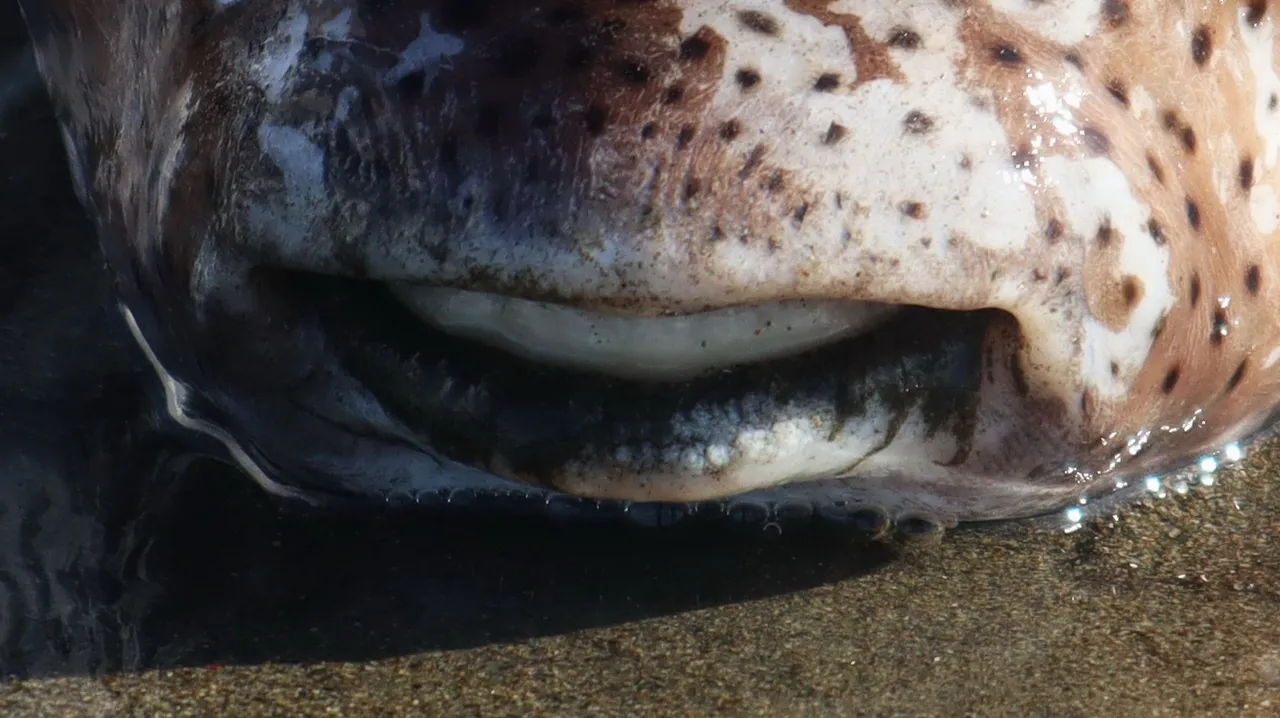
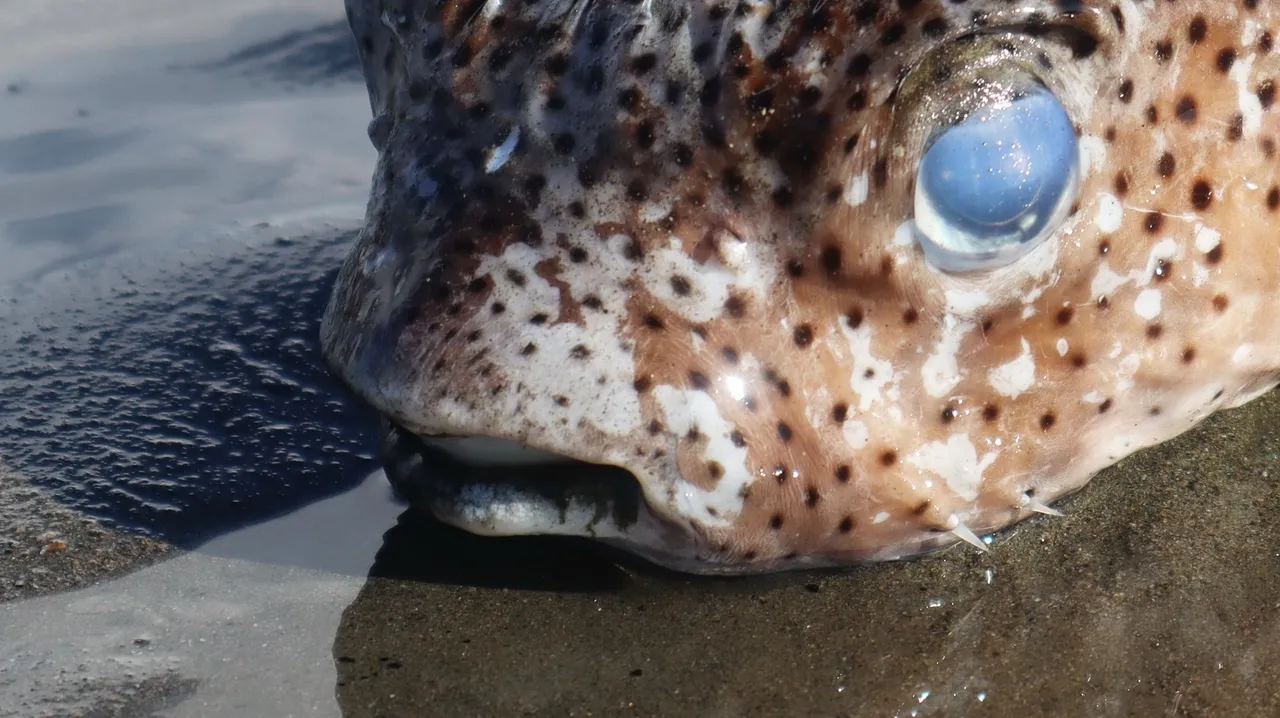

Defense system
Diodon hystrix is a slow swimmer distributed in tropical and subtropical seas throughout the world, living in coral reefs, underwater caves and various rocky areas that offer protection. Because it is a bad swimmer, it is easy to catch. But there are at least three that can keep them away from potential predators. In danger, it swallows water to make itself larger in volume. That's the first step. Immediately after, the second step, is to lift and straighten the spines--this is one of the things that distinguishes it from puffer fish that do not have spines. It's also what makes it even more spooky. When it was deflated, the thorns seemed to lie flat all over the body. One more thing that is an enhancement in the defense system of this porcupinefish is that in certain parts of its body such as the liver, skin and some others, it concentrates tetrodotoxin, a potent neurotoxin, which is very dangerous. That's why the fish carcasses were lying on the beach, even to touch them, it was already a scary thing. (Sources: Sea Wonder: Spotted Porcupinefish; Spotted Porcupinefish; Porcupinefish; Spot-fin porcupinefish.
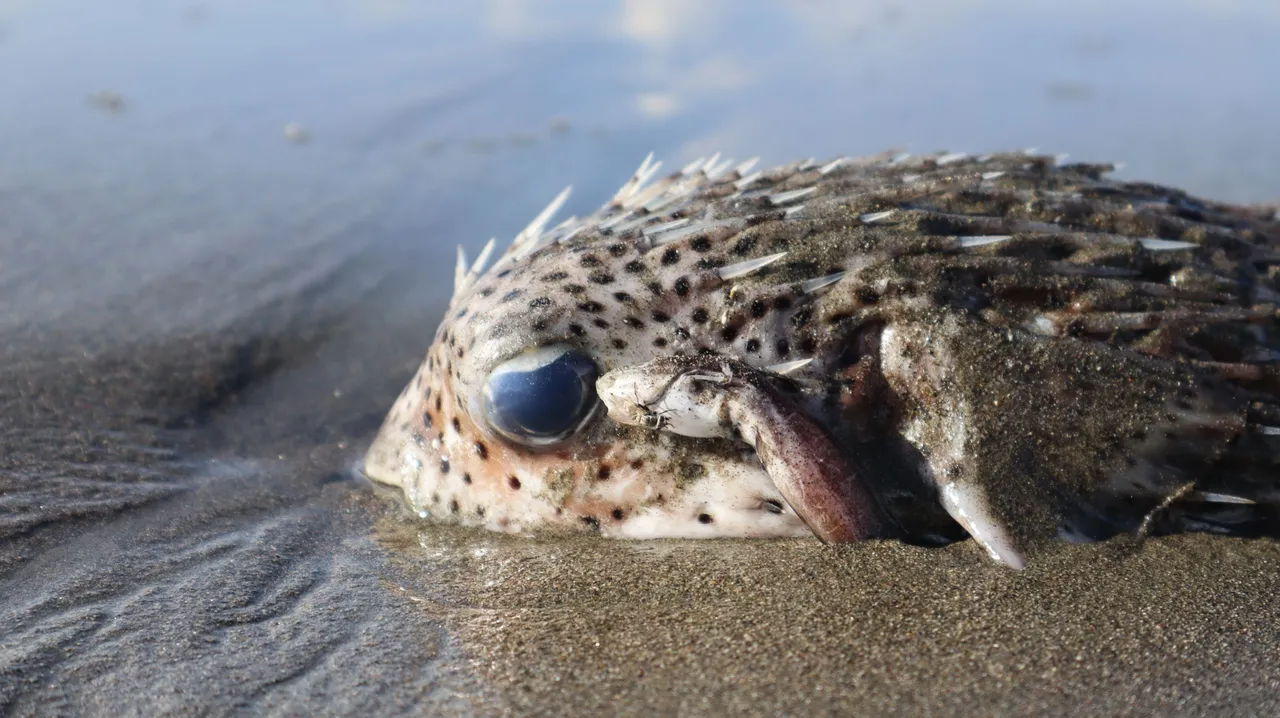
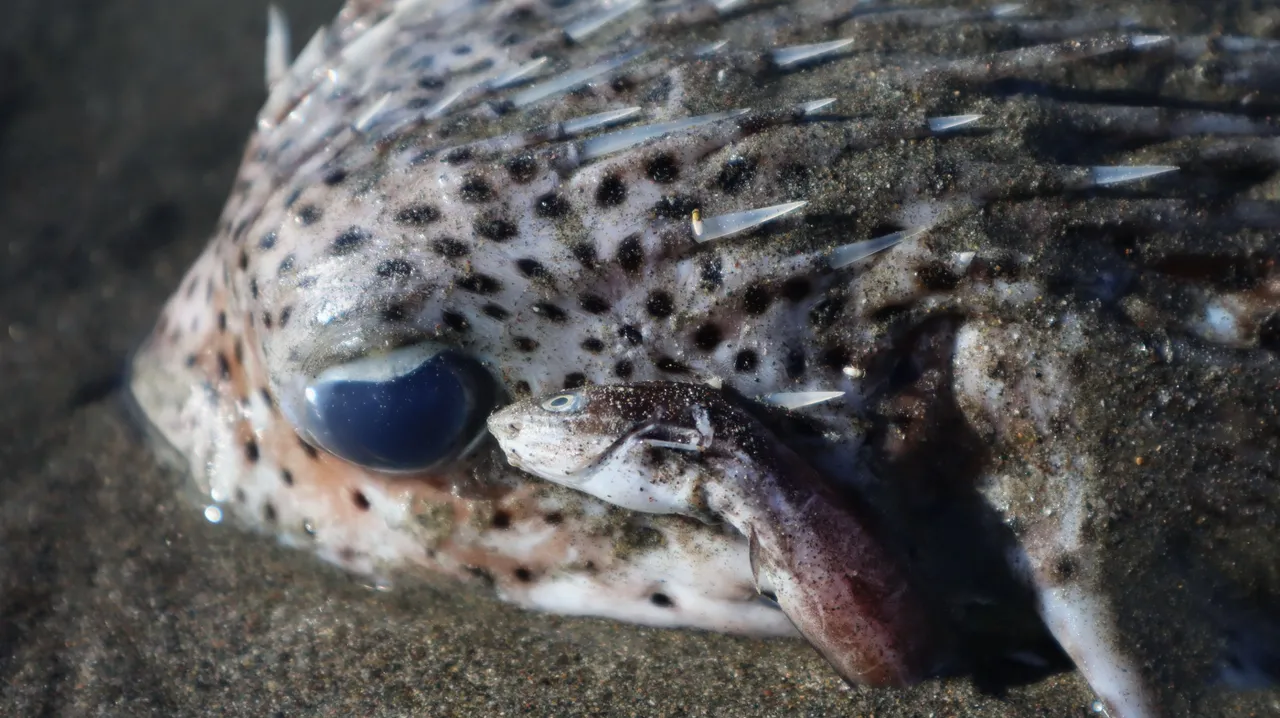
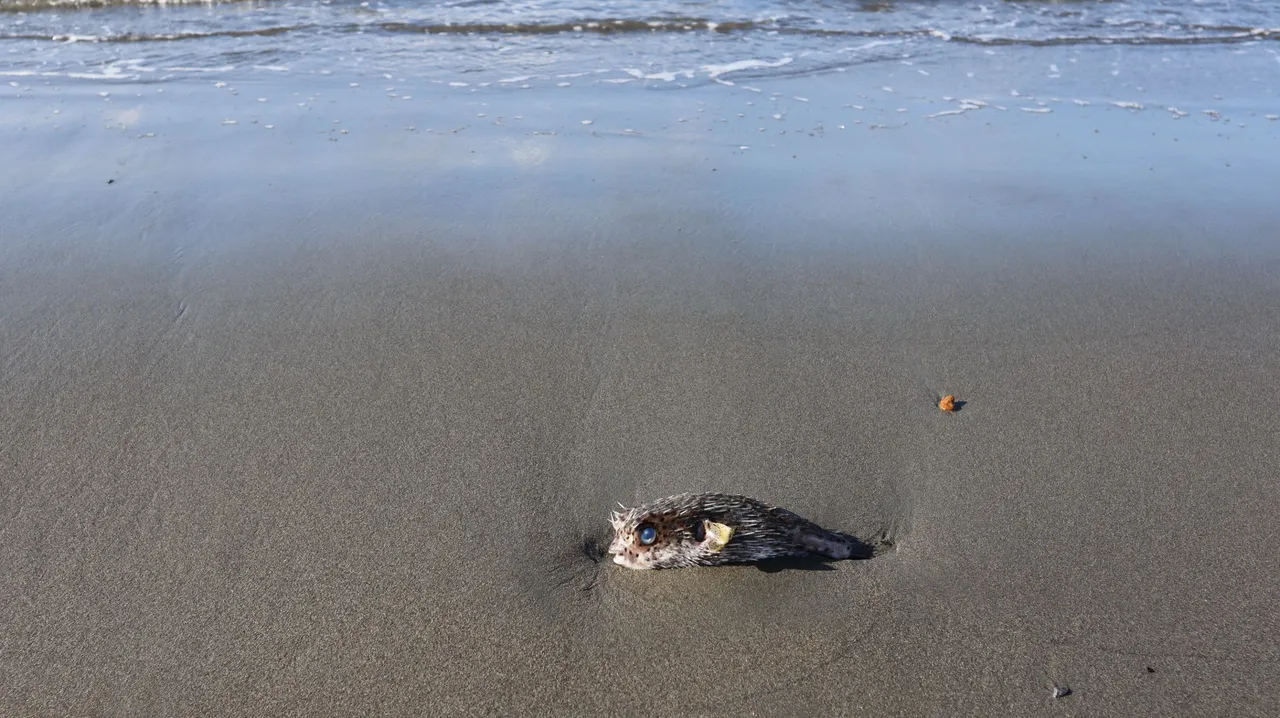
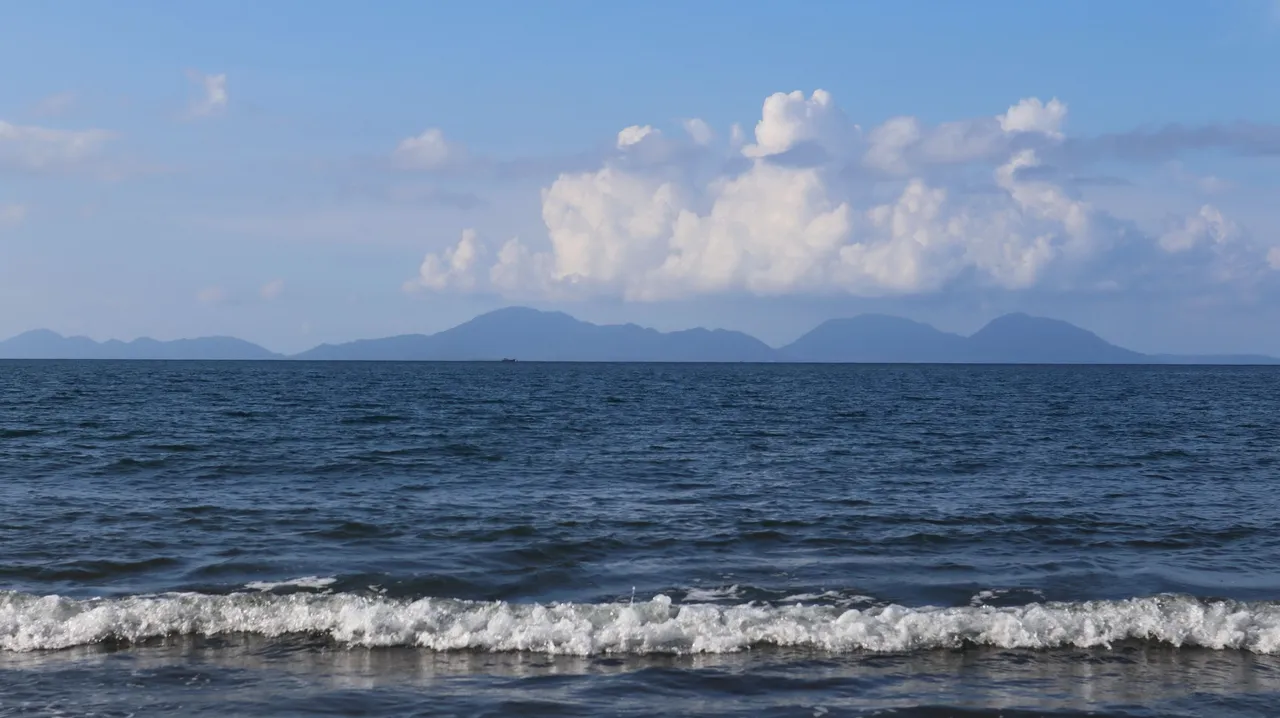
Note: All these photos are mine, taken on the northwest coast of Sumatra, Aceh, Indonesia.
